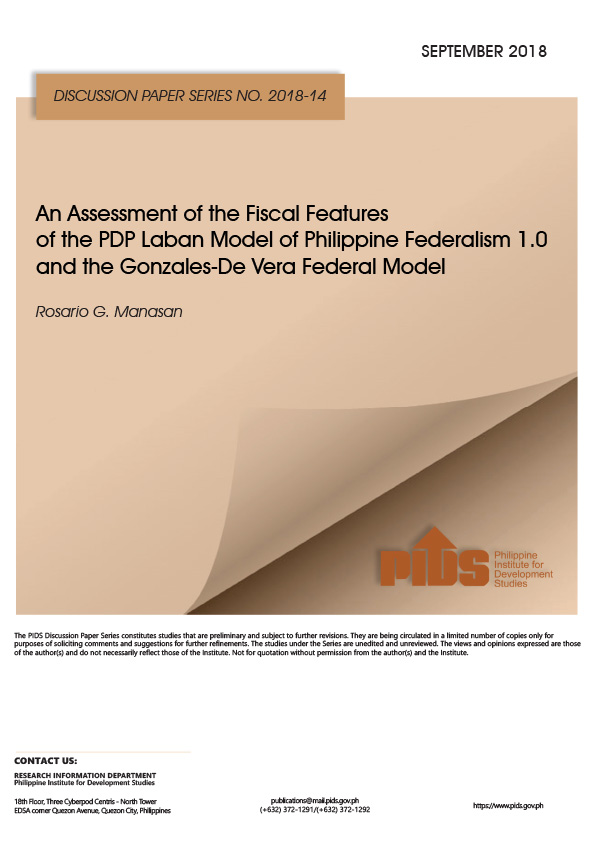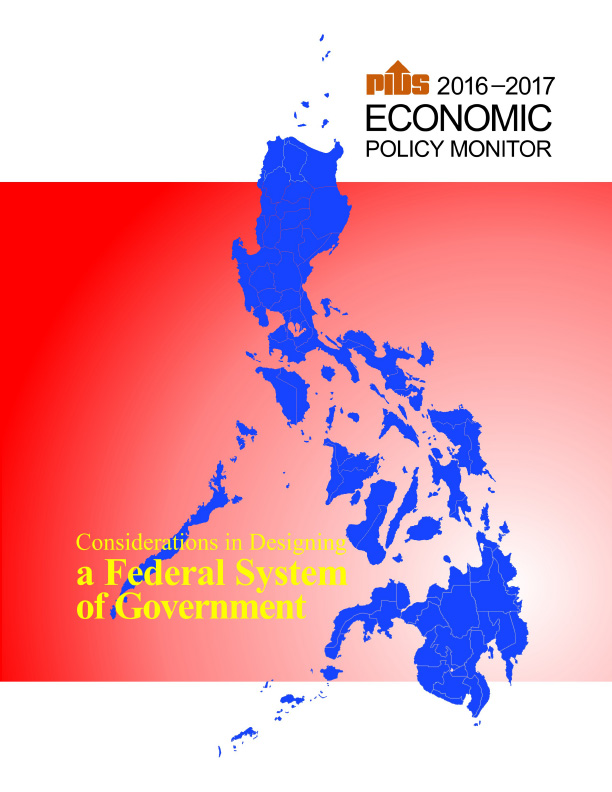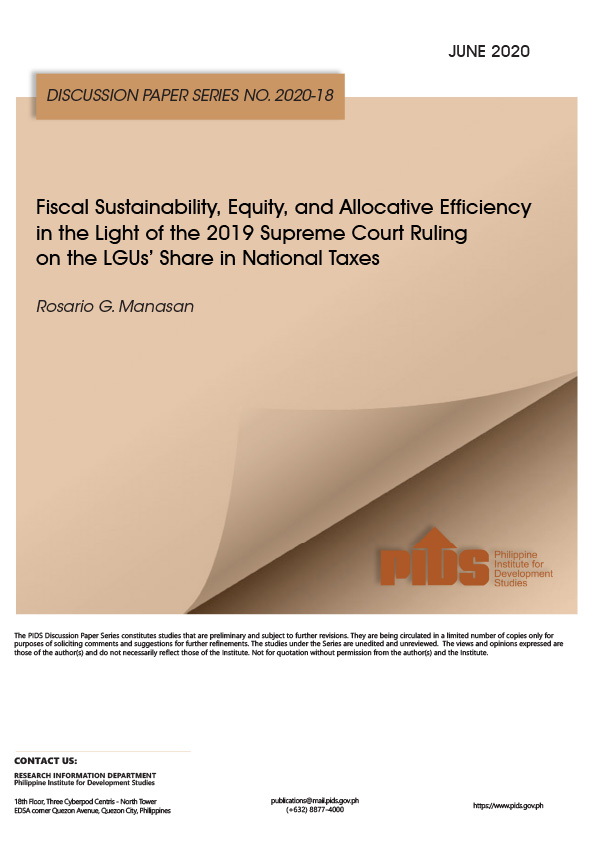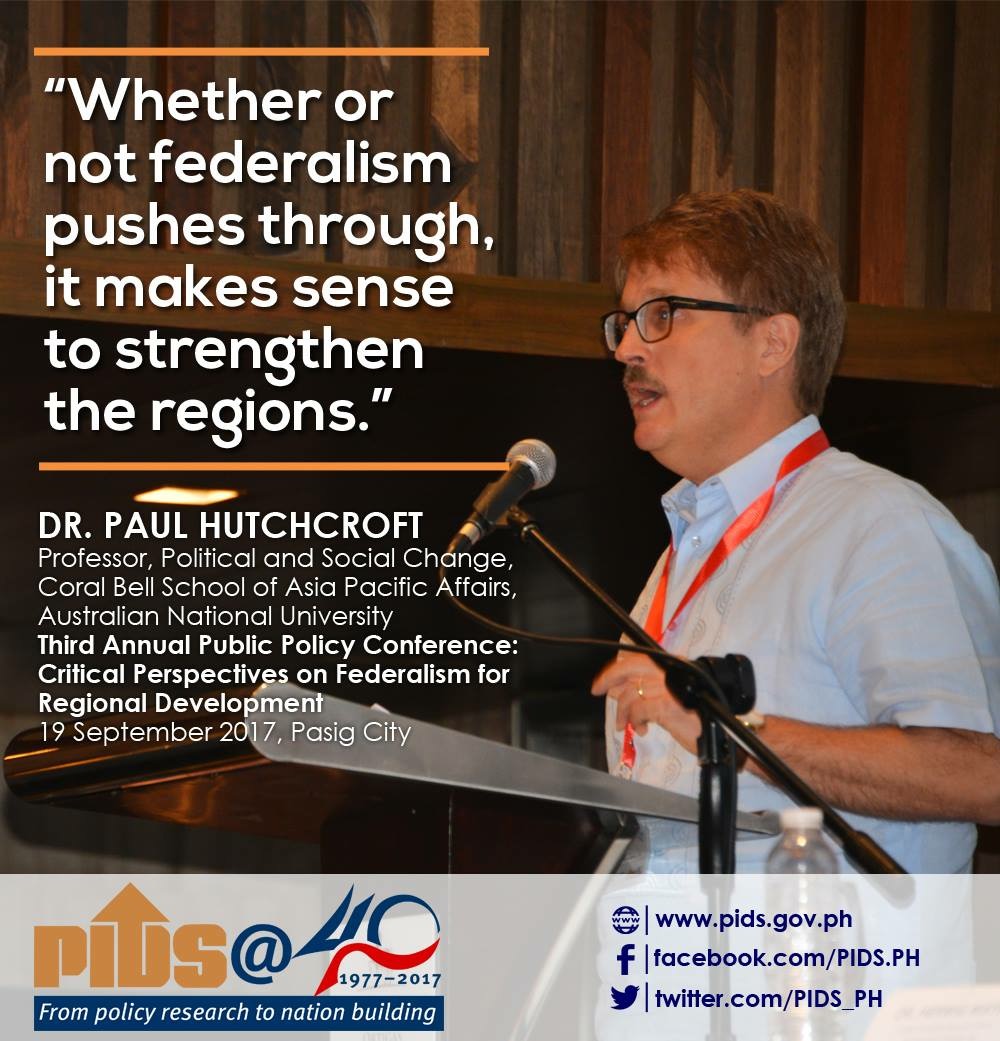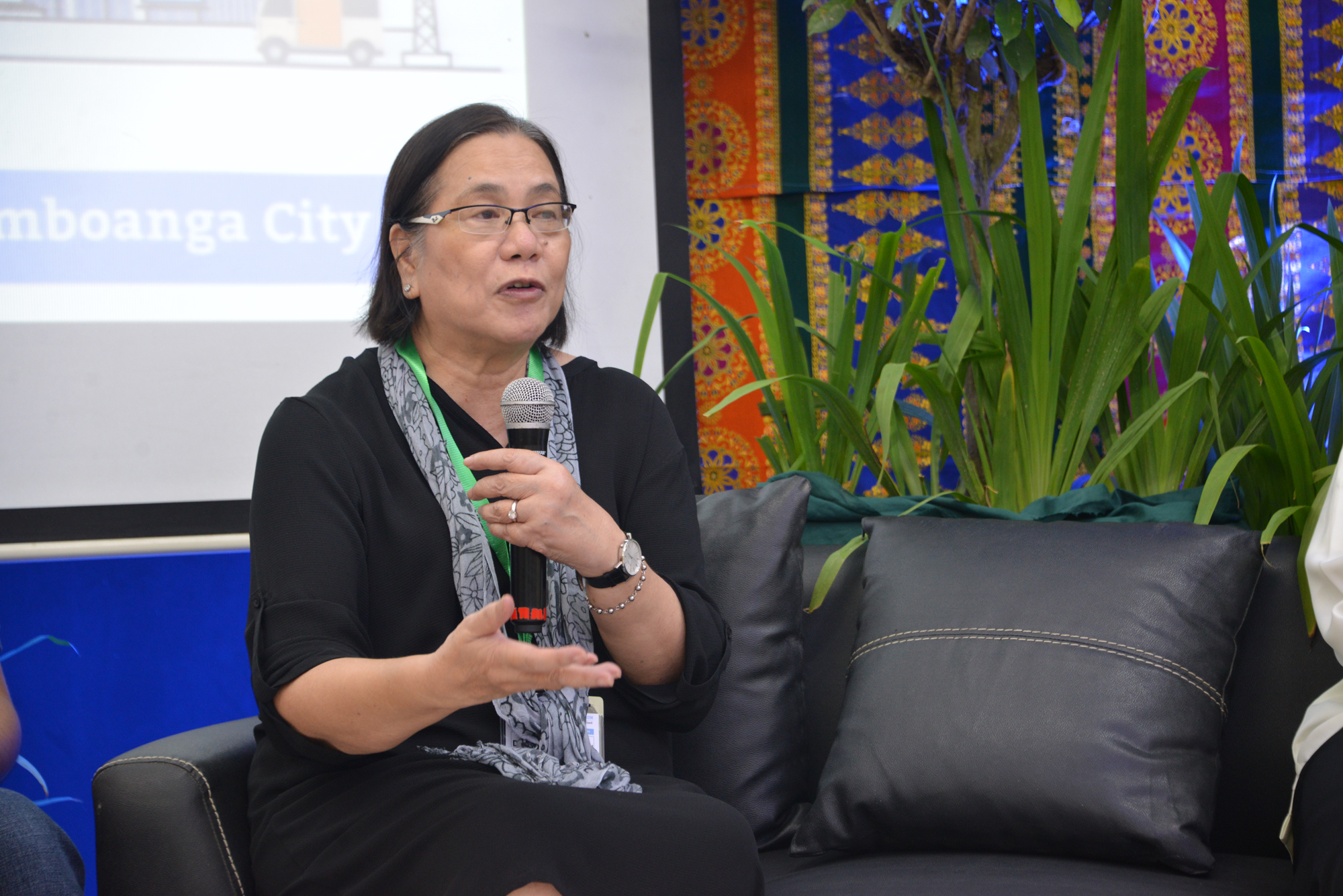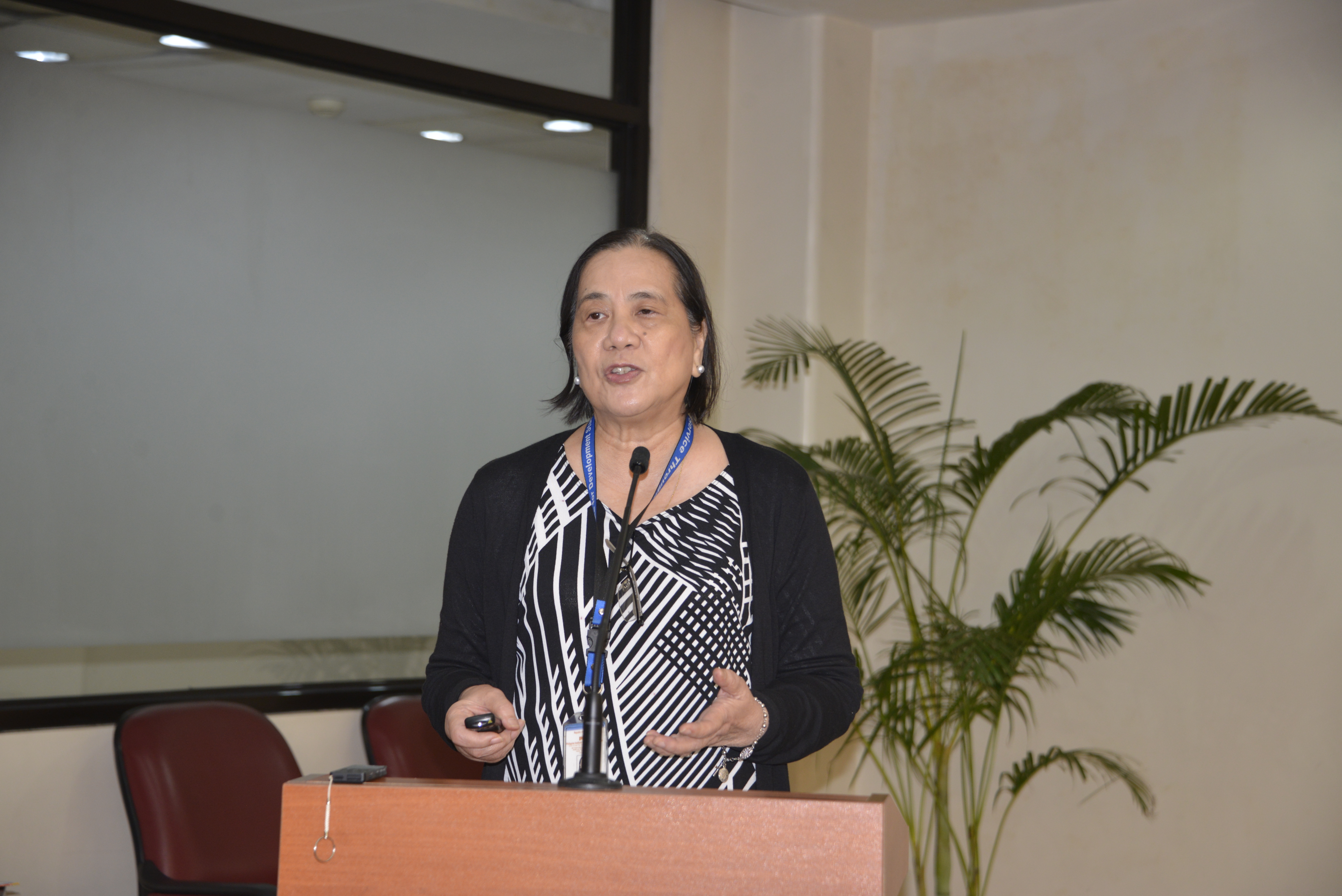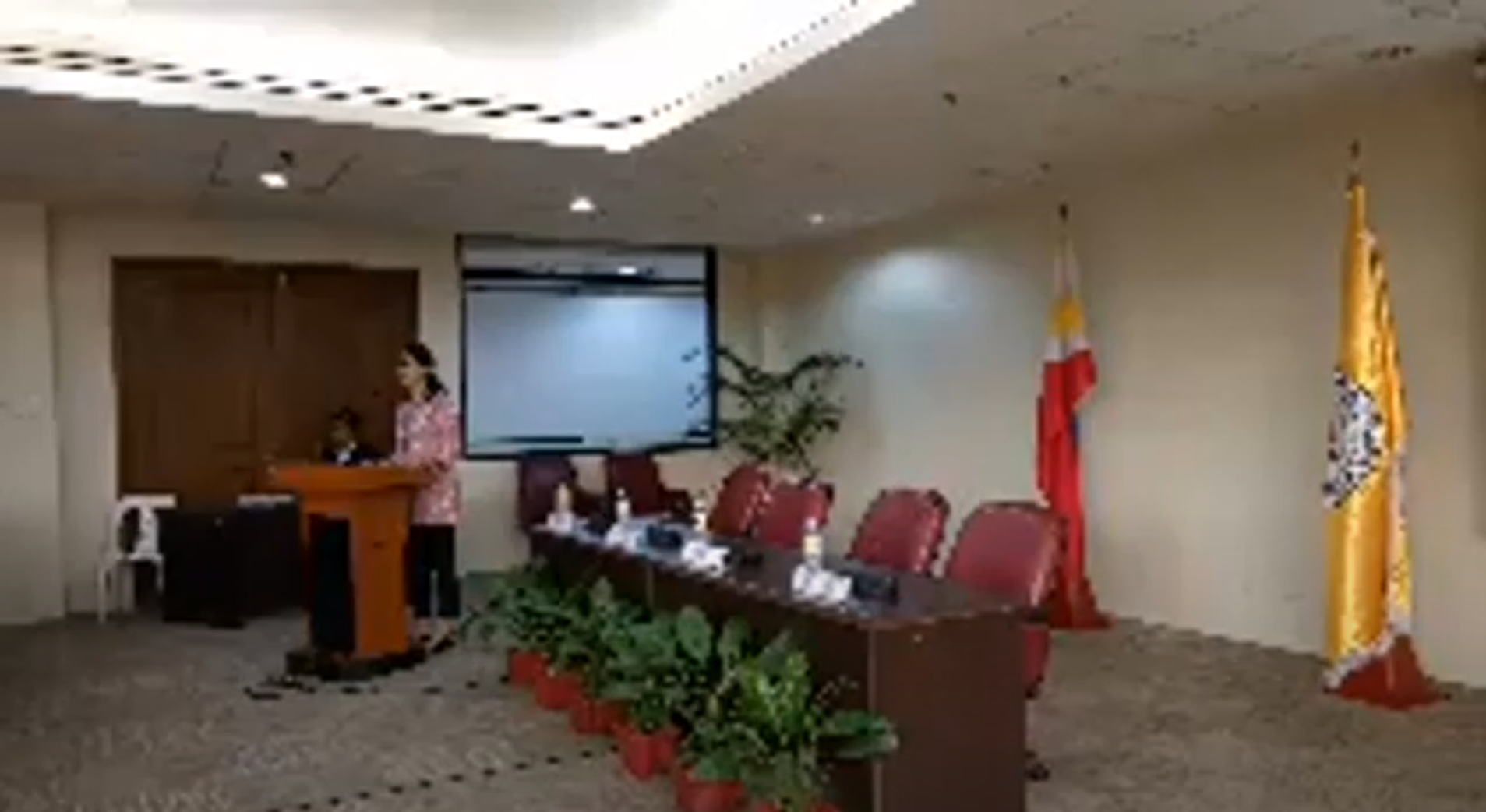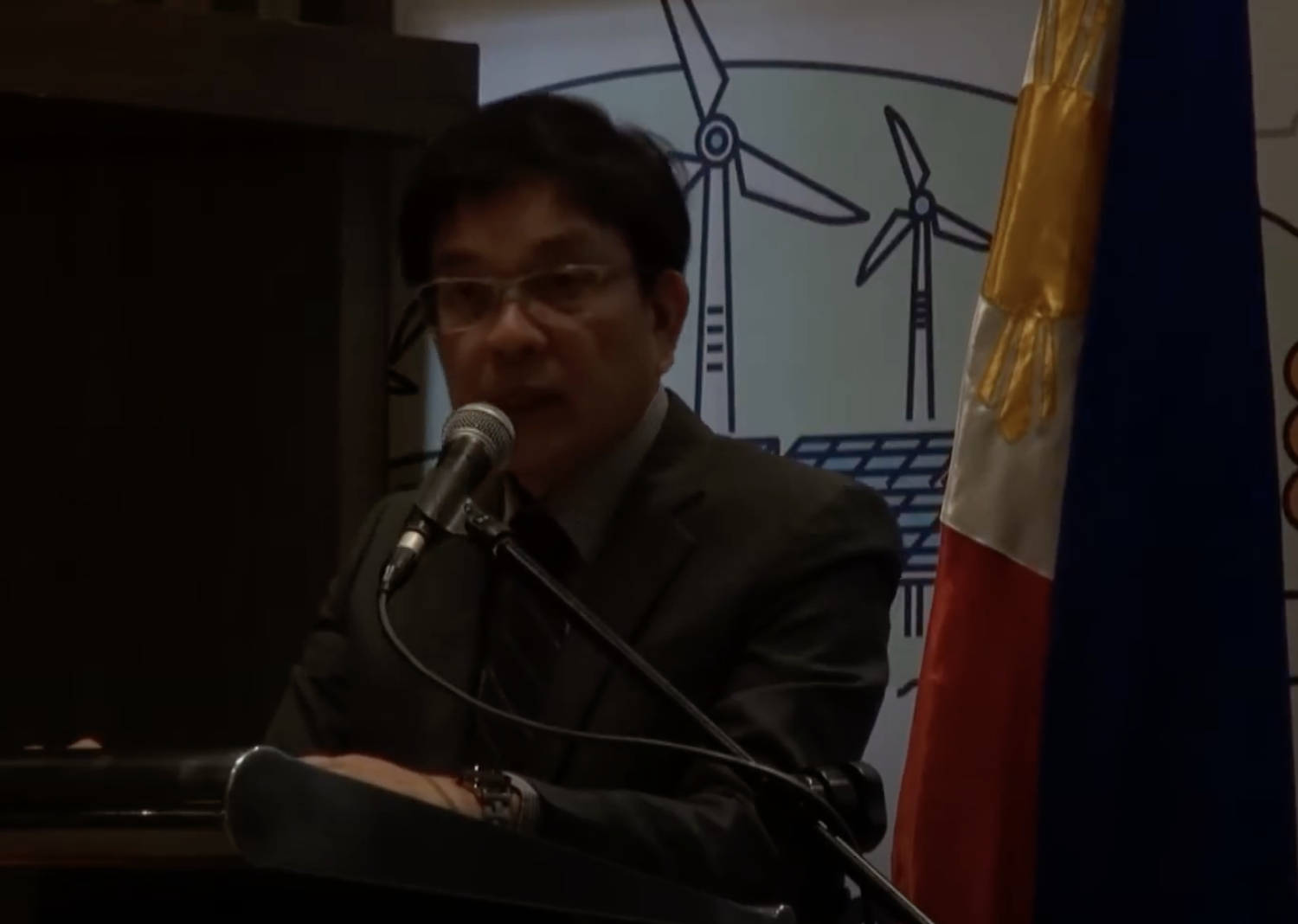During his 2016 presidential campaign, former Davao City Mayor Rodrigo Duterte highlighted the need to shift to a federal form of government to encourage development in other parts of the country, particularly in Mindanao. He argued that the current system places most of the country’s finances in the control of the national government, leaving local government units with little to work with. When he assumed the presidency, he vowed to turn his promise into a reality–even if it meant cutting his term short. Despite the president’s strong views on the matter, Congress has yet to ensure his success.
On Divisions In Congress
Last December 2018, members of the House of Representatives succeeded in approving the Resolution of Both Houses (RBH) 15. Of the 249 lawmakers in attendance during the session, 224 voted in favor of the resolution, which was primarily authored by then-Speaker Gloria Macapagal-Arroyo. RBH 15 differed largely from the draft constitution created by the Duterte-initiated Consultative Committee (Con Com). Some of the contested changes seen in RBH 15 include the removal of the anti-political dynasty provision and the lifting of term limits for Congress officials.
Unfortunately, RBH 15 was not viewed with much enthusiasm when it was sent to the Senate. At that time, the proposed draft coincided with debates on the 2019 national budget. The Senate eventually ended all discussions on RBH 15 last June 8, during their last regular session for the 17th Congress.
Running Out Of Time
With barely three years left of his term, even Duterte has expressed doubts about the shift to federalism happening anytime soon. During the oath-taking of several local officials who ran under the Hugpong Ng Pagbabago banner held last June 25, the president admitted that he was willing to settle for something else if he could not follow through on his campaign promise. “If you do not want federalism, fine, but change the constitution that would change this nation,” he said.
Incumbent Senate President Vicente Sotto III echoed the president’s sentiments but also offered a possible alternative to outright charter change. He would rather look into the possibility of amending the Local Government Code to empower and give full autonomy to local government units. He also entertained the option of modifying the economic provisions stipulated in the 1987 Constitution.
Despite the president’s change in tune, pro-federalism advocates are not conceding just yet. “We don’t want this issue to die. We have to keep it alive even if we have to go into another administration after three years,” affirmed former Con Com spokesperson Ding Generoso. He later added that they may push for a people’s initiative rather than relying on Congress for the approval of their proposal. The success of a people’s initiative relies on a high level of awareness among citizens. In June 2018, the Social Weather Stations reported that only 1 out of 4 Filipino adults was aware of what federalism was.
The Cost Of Change
Time is not the sole concern of those working towards making federalism a reality. Other factors like cost have also come into play.
In 2018, the National Economic and Development Authority found that the government would have spent an additional PHP253.5 billion on top of existing expenses for government operations if federalism were to be implemented in 2019. Other groups presented lower estimates of PHP 13 billion (Consultative Commission) and between PHP44-72 billion (Philippine Institute for Development Studies).
Majority of the funds would have been allocated for building new offices for the federal states, procuring equipment and vehicles, and hiring additional personnel. The projected expenses may vary, depending on the number of states that will be formed under the new system.

